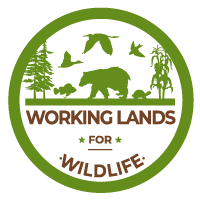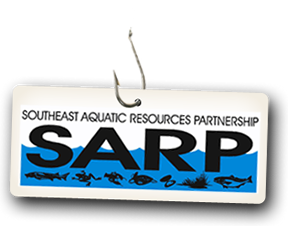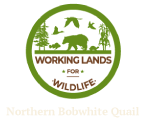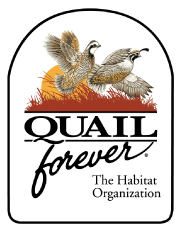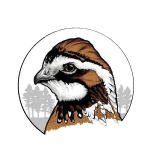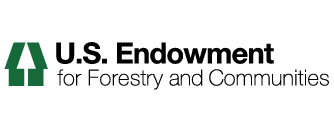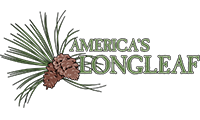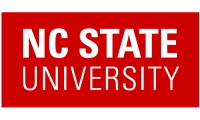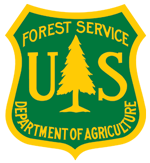Vanderhoof et al: Mapping wetland burned area from Sentinel-2 across the southeastern United...
Screenshot of Publication
Publication Date: 2021
Credits: Fire
Source: Vanderhoof, M.K.; Hawbaker, T.J.; Teske, C.; Ku, A.; Noble, J.; Picotte, J. Mapping Wetland Burned Area from Sentinel-2 across the Southeastern United States and Its Contributions Relative to Landsat-8 (2016–2019). Fire 2021, 4, 52. https://doi.org/10.3390/fire4030052
DOWNLOAD FILE — PDF document, 9,500 kB (9,728,797 bytes)
ABSTRACT
Prescribed fires and wildfires are common in wetland ecosystems across the Southeastern United States. However, the wetland burned area has been chronically underestimated across the region due to (1) spectral confusion between open water and burned area, (2) rapid post-fire vegetation regrowth, and (3) high annual precipitation limiting clear-sky satellite observations. We developed a machine learning algorithm specifically for burned area in wetlands, and applied the algorithm to the Sentinel-2 archive (2016–2019) across the Southeastern US (>290,000 km2). Combining Landsat-8 imagery with Sentinel-2 increased the annual clear-sky observation count from 17 to 46 in 2016 and from 16 to 78 in 2019. When validated with WorldView imagery, the Sentinel-2 burned area had a 29% and 30% omission and commission rates of error for burned area, respectively, compared to the US Geological Survey Landsat-8 Burned Area Product (L8 BA), which had a 47% and 8% omission and commission rate of error, respectively. The Sentinel-2 algorithm and the L8 BA mapped burned area within 78% and 60% of wetland fire perimeters (n = 555) compiled from state and federal agencies, respectively. This analysis demonstrated the potential of Sentinel-2 to support efforts to track the burned area, especially across challenging ecosystem types, such as wetlands.

